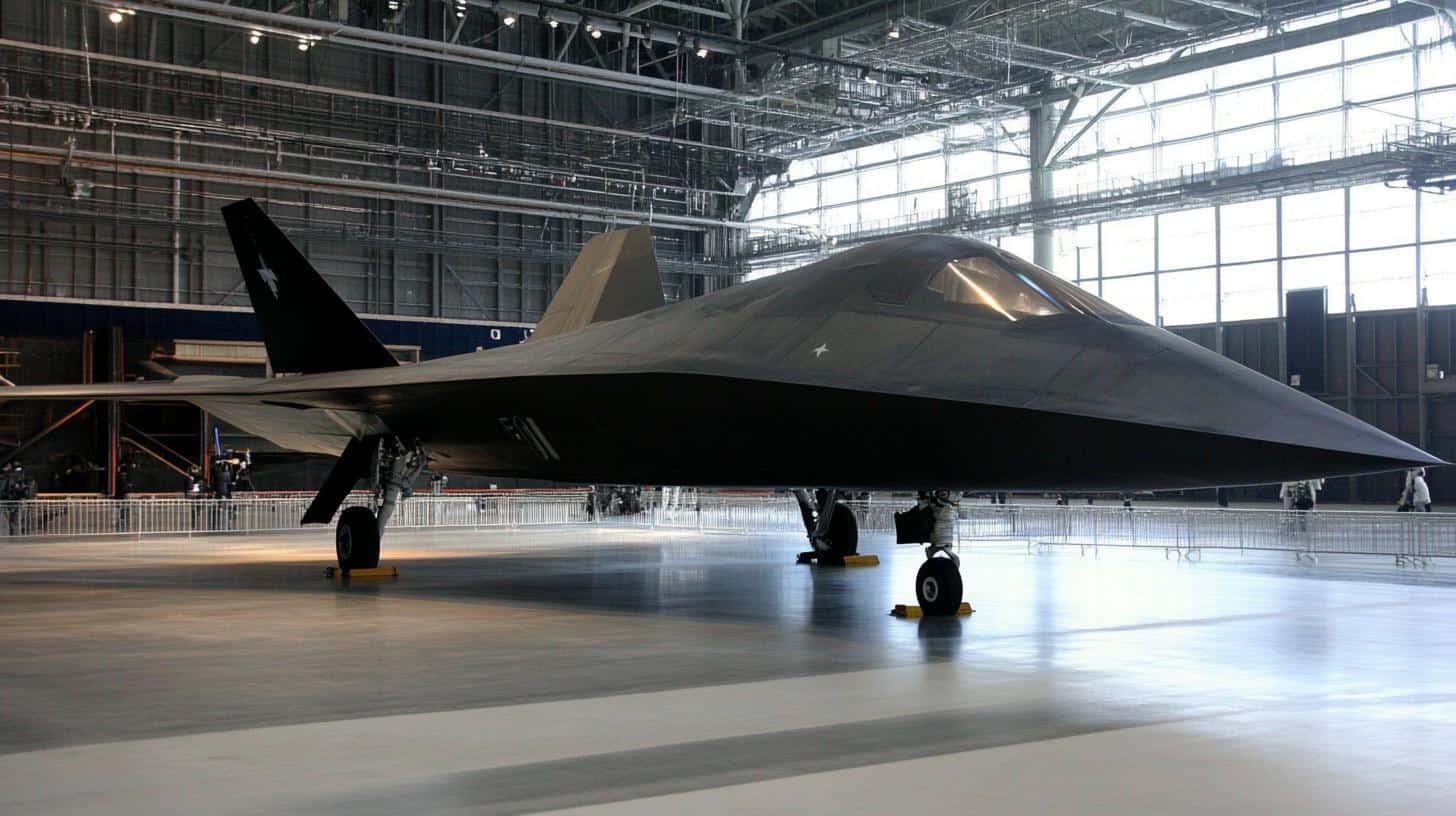In an ambitious stride towards military advancement, China has revealed its latest stealth fighter jet, the J-35A, positioning itself as only the second nation after the USA to develop two types of stealth aircraft. This sophisticated aircraft will make its debut at the Airshow China 2024 in Zhuhai, scheduled between November 12 and 17.
The J-35A enhances China’s air capabilities, representing Beijing’s continuous effort to mirror American military prowess through modernization. While its official induction into the People’s Liberation Army remains unconfirmed, the jet is set to become China’s second operational stealth fighter, complementing the J-20, which has been in service since 2016.
The United States already showcases its stealth technology with the F-22 Raptor and F-35 Lightning II, sharing the elite category with China’s advancements. Stealth aircraft, known for their ability to evade radar detection through advanced design, play a vital role in contemporary warfare.
The Chinese defense ministry recently unveiled a photograph of the J-35A. The number “75” embossed on its tail commemorates the 75th anniversary of the People’s Republic of China, celebrated this year. Analysts stress the J-35A’s versatility, highlighting its design for both air combat and air-to-surface missions.
Set apart as a multirole medium-sized fighter, the J-35A complements the heavy-duty J-20. Experts anticipate its use in coordinated operations targeting both terrestrial and naval threats, securing air superiority.
The Airshow will not only feature the J-35A but also debut China’s new defense systems, including the H-19 missile and innovative UAVs. Joining the showcase, Russia’s Su-57 stealth fighter will also make its first appearance.
Stealth Wars: The Global Implications of China’s New Fighter Jet
As China unveils its latest technological marvel, the J-35A stealth fighter jet, the world stands at attention due to the strategic implications this development holds. Beyond the impressive technical feats and international comparisons to the United States’ F-22 Raptor and F-35 Lightning II, the introduction of China’s second stealth aircraft model extends its influence well beyond military ranks. This development impacts geopolitical dynamics, economic considerations, and even technological innovation across the globe.
The Wider Implications of the J-35A Development
With the emergence of the J-35A, China’s military capability is not only expanding but also signaling a shift in the global balance of power. While the United States has held a long-standing monopoly on cutting-edge stealth technology, China’s advancements challenge this dominance, creating a ripple effect across Asia, Europe, and beyond.
One immediate concern arises in neighboring countries. Nations such as Japan, South Korea, and India might feel pressure to augment their own defense capabilities. This could potentially trigger an arms race, influencing regional security dynamics and diplomatic relations. How will these countries respond to China’s growing military prowess, and what strategies might they adopt to counterbalance this development?
Economic and Industrial Impact
China’s stealth technology showcases not only military intentions but also the country’s rapid technological and industrial growth. The development of stealth aircraft demands advanced composites, electronics, and precision in manufacturing—all of which are sectors that could see accelerated growth.
This growth holds significant advantages. Economically, it could boost China’s aerospace industry, create jobs, and enhance technological capabilities that may trickle into civilian sectors. However, it also presents challenges, as reliance on domestic innovation increases pressure on the Chinese workforce and demands significant financial resources and state investment.
Technological Innovation: Pros and Cons
Stealth technology’s evolution carries both promise and peril. On the one hand, advancements in stealth might drive innovation in related sectors, such as materials science and radar technology. On the other hand, the race to develop covert capabilities raises ethical questions about surveillance and the potential for these technologies to be adapted for less transparent purposes.
As more countries aim to catch up with stealth advancements, will we see a new era of technological espionage? The competition might promote innovation, but it could also escalate tensions between nations.
Geostrategic Controversies
The J-35A’s introduction adds fuel to the ongoing geostrategic controversies surrounding China’s military modernization and territorial ambitions. Western nations view this as a potentially destabilizing factor, especially with China’s assertive actions in the South China Sea and its Belt and Road Initiative. Moreover, China’s growing military capabilities pose questions about future cooperation in multilateral institutions and alliances.
Conclusion: Advantage or Disadvantage?
While China’s unveiling of the J-35A is a testament to its growing technical prowess, it presents a dual-edged sword. On the one hand, it strengthens national security and showcases engineering capabilities. On the other, it heightens global tensions and pressures countries to ramp up defense spending, potentially diverting resources from critical social and economic issues.
For further details on global defense and security advancements, consider visiting Jane’s or US Department of Defense for official information on defense strategies and developments.







